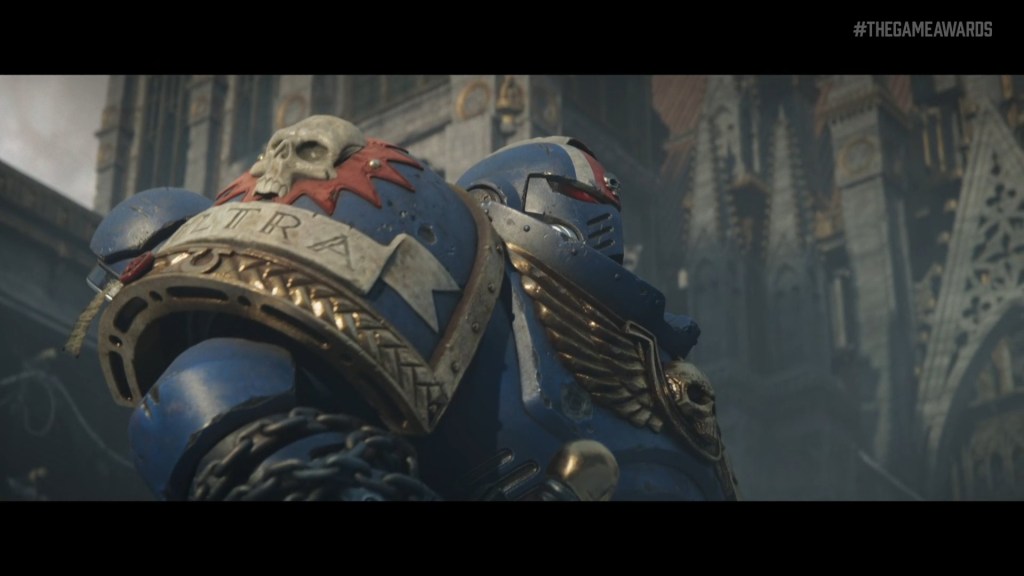When a game developer wants to share their new product with the world, a trailer becomes one of the most important parts of the marketing process. A trailer can be shown at gaming events and showcases, and drum up interest in the title months or even years before it launches. It advertises a game’s final vision even while the title itself is still in development.
But given how important trailers are, it begs the question: How exactly are game trailers made? It’s often not the game developer itself that creates the trailer. GamesBeat spoke with production company Digic Studios, which offers multiple services for game production, including game cutscene creation and performance capture spaces in addition to creating cinematic game trailers. We asked where a partner company like Digic enters the process.
Róbert Kovács, Digic’s head of CG, said, “When the game developer/publisher company has a clear vision of the game and the development has reached a certain stage, Digic is brought on board to craft the trailer. Sometimes we are approached with very specific ideas, but often developers seek significant creative input from Digic. This process includes numerous discussions between the developer and Digic, to refine the direction of the trailer.”
According to Digic, trailer production (at least with a third-party producer) can begin around the middle of game production. István Zorkóczy, Digic’s head of creative, told GamesBeat, “Producing a high-quality trailer can span several months. Depending on the request (total runtime, amount of characters or environments, the complexity of the trailer, etc.) it can even take a full year to finish a project (eg. for 40-50 minutes of cutscenes), but at least 4-5 months to make a decent film (eg. a 3-5 minute trailer).”
Join us for GamesBeat Next!
GamesBeat Next is almost here! GB Next is the premier event for product leaders and leadership in the gaming industry. Coming up October 28th and 29th, join fellow leaders and amazing speakers like Matthew Bromberg (CEO Unity), Amy Hennig (Co-President of New Media Skydance Games), Laura Naviaux Sturr (GM Operations Amazon Games), Amir Satvat (Business Development Director Tencent), and so many others. See the full speaker list and register here.
Making a trailer for an unfinished project
The creation of a game trailer begins with the game developer’s vision, as well as what their plan for what elements of the game need to be shown in the trailer. Given how long trailers take to make, and that they can begin when a game is still in a rough, unpolished state, Digic says they’re sometimes given carte blanche to create assets for characters themselves.
András Mórocz, Digic’s head of production, said, “Many times, we only receive a basic concept, and Digic is entrusted with the task of crafting these fully realized, high-quality characters. This ensures that every asset enhances the gameplay experience — and captivates audiences with promotional content as well. You might not even believe that sometimes Digic creates the characters (or at least the first version of them) — for the game as well!”
Digic’s work with a game can extend into creating cutscenes and cinematics for a game as well — recently the studio worked with Saber Interactive on Warhammer 40,000: Space Marine 2: “Working on a game like Space Marine 2 is a very collaborative process. Because the cinematics we create are part of a larger story, we need to make sure we understand all the details so that our work will align with their vision. We also have to take extra care to make sure our cinematics blend seamlessly with everything else the players see in the game. And even though we have advanced tools that allow us to work with assets at a higher level of detail than what players see, we want everything to be consistent.” Digic also created the game’s “Angels of Death” trailer.
Digic emphasized that there are multiple kinds of trailers, from early marketing cinematic trailers to intro trailers featuring in-game assets. And “cinematic” trailer is not misnamed — the process to create one involves storyboarding, animatics, key art amidst intense collaboration with the game’s creators. Several times in gaming history, cinematic trailers have been created by film directors. The legendary George A. Romero directed the live-action trailer for Resident Evil 2 in 1998. Joseph Kozinski, who would go on to direct Top Gun: Maverick, was behind Gears of War’s infamous “Mad World” trailer. James Wan of Saw fame directed Dead Space’s “Loved Ones” trailer.
The people at Digic whom we spoke with said they enjoyed being part of the creation process for game trailers and cinematics — but they sometimes lamented that they were not able to disclose that they had created the trailers. Kovács said, “While we love working on these titles, even if no one knows it is created by DIGIC – it is sometimes so challenging to see all the comments stating how cool this piece of art is and not being able to say ‘Hey, it’s been us!’”
Source link

